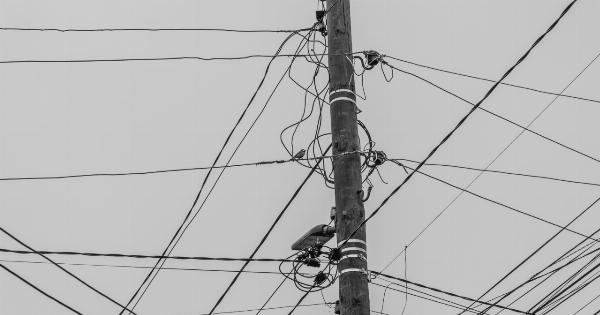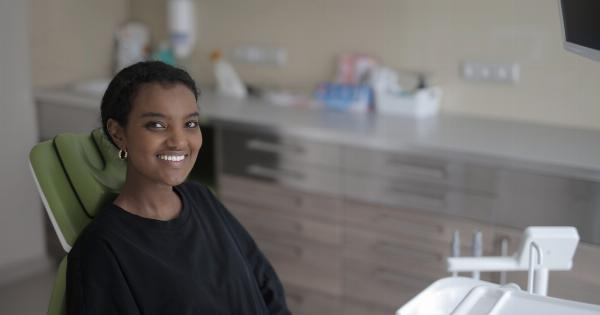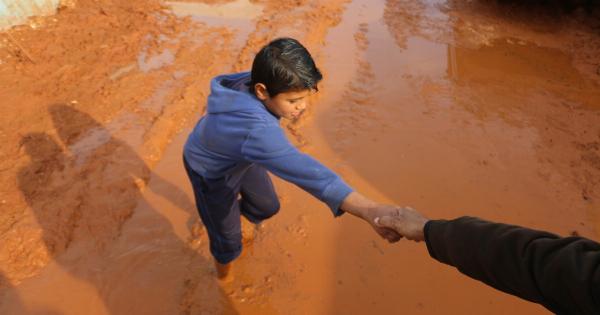Human papillomavirus (HPV) is a common sexually transmitted infection that is known to be a leading cause of various types of cancer, including cervical, anal, penile, vaginal, and oropharyngeal cancers.
While HPV is primarily transmitted through sexual contact, there is evidence to suggest that certain types of kisses may also increase the risk of HPV-related cancer. In this article, we will explore the connection between kissing and HPV transmission, the types of kisses that may pose a higher risk, and what can be done to minimize this risk.
Understanding HPV Transmission
Before delving into the topic, it is essential to understand how HPV is transmitted. HPV is typically spread through vaginal, anal, or oral sex with someone who has the virus.
The virus can be present in the mucous membranes of the genital area, mouth, and throat, and can easily pass from one person to another during sexual activities. However, direct sexual contact is not the only way HPV can be transmitted.
The Potential for HPV Transmission through Kissing
While HPV transmission usually occurs through sexual activities, there is a possibility of transmitting the virus through deep or intimate kissing as well. This is because HPV can also infect the mouth and throat, and can be present in the oral cavity.
However, it is important to note that the risk of HPV transmission through kissing alone is relatively low compared to sexual contact.
Research suggests that the risk of transmitting HPV through kissing is higher if one or both partners have oral HPV infections.
A study published in the journal Emerging Infectious Diseases found that individuals with oral HPV infections were more likely to have engaged in deep or open-mouthed kissing compared to those without the infection. The study indicates that deep kissing could be a potential route of HPV transmission, as the virus can be present in saliva.
Types of Kisses with Higher Risk of HPV Transmission
While any type of intimate contact with a person infected with HPV can potentially lead to transmission, certain types of kisses may have a higher risk. These include:.
1. French Kissing
French kissing, also known as deep or open-mouthed kissing, involves more intimate contact with the tongue and saliva. This type of kissing can increase the likelihood of HPV transmission if one or both partners are infected with oral HPV.
2. Prolonged Kissing
Extended periods of kissing can lead to a higher exchange of saliva, potentially increasing the chances of HPV transmission if one partner has the infection.
3. Kissing with Sores or Mouth Ulcers
If one partner has oral sores or mouth ulcers, it can create an entry point for HPV transmission. The virus can easily enter the bloodstream through open wounds or damaged skin in the mouth.
Minimizing the Risk of HPV Infection through Kissing
While it is challenging to completely eliminate the risk of HPV transmission through kissing, there are several precautions individuals can take to minimize the risk:.
1. Practice good oral hygiene
Maintaining good oral hygiene, such as regular brushing, flossing, and using mouthwash, can help reduce the overall viral load in the mouth and decrease the chances of transmission.
2. Avoid kissing if either partner has oral sores or mouth ulcers
If either partner has visible sores or ulcers in the mouth, it is advisable to avoid kissing until the sores have healed completely. This can significantly reduce the risk of HPV transmission.
3. Communicate with your partner
Having an open and honest conversation about sexual health, including potential risks and infections, can help make informed decisions regarding the level of intimacy and reduce the chances of transmission.
4. Vaccinate against HPV
One of the most effective ways to reduce the risk of HPV-related cancers is through vaccination. The HPV vaccine is recommended for both males and females, and it can protect against the most common high-risk strains of the virus.
By following these preventive measures, individuals can minimize their risk of HPV transmission through kissing and reduce the chances of developing HPV-related cancers.































